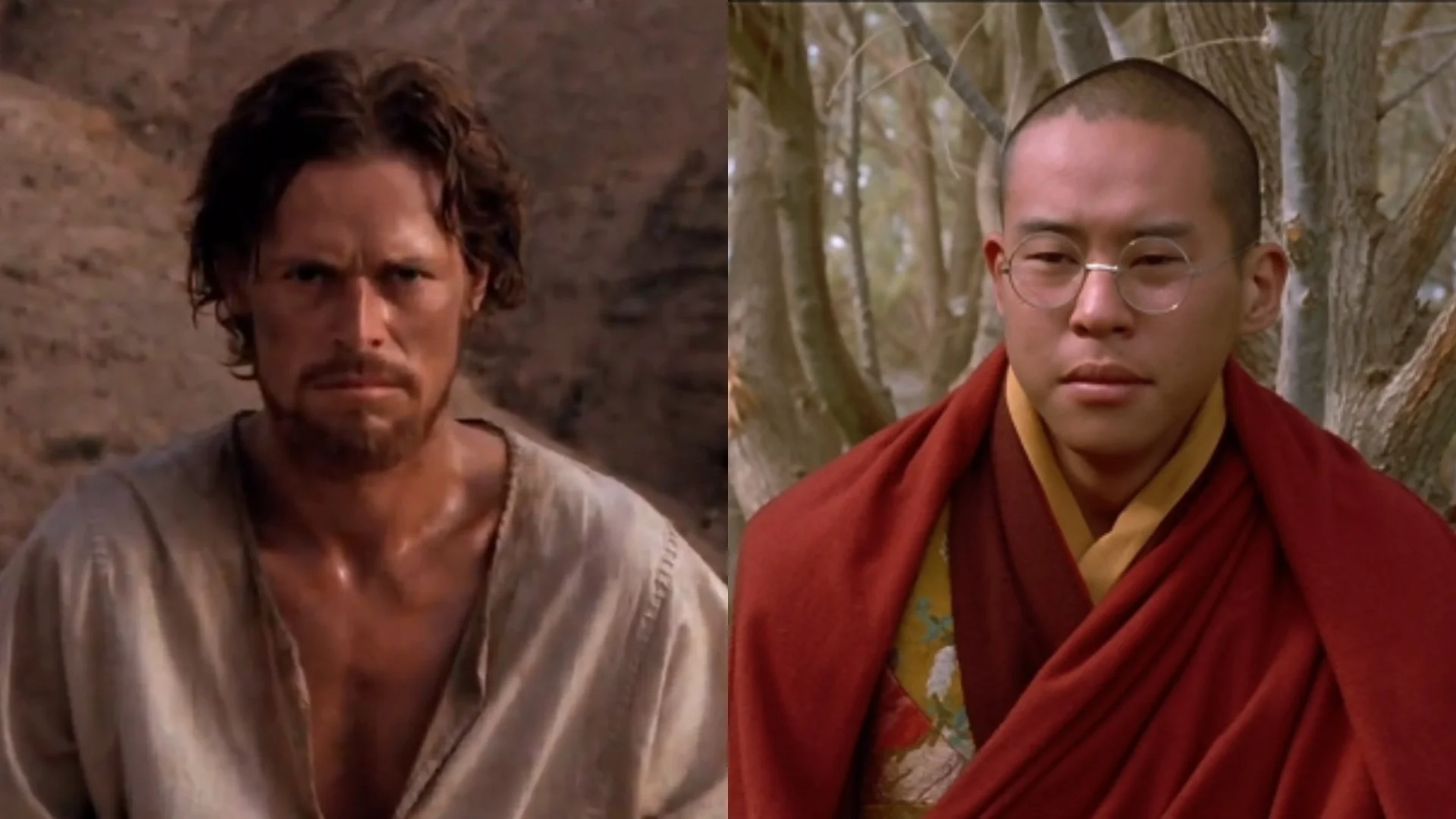Martin Scorsese's Faith on Film
Martin Scorsese, easily among the god-tier of directors in American cinema, returns to theatres with his latest film Silence, an adaptation of Shūsaku Endō’s 1966 novel about Jesuit priests who travel to Japan in the 17th century after their mentor has gone missing in his mission to spread the Catholic doctrine.
While Scorsese is mainly known for his tough guy crime pics, most notably Mean Streets, Taxi Driver, Goodfellas, and The Departed, it should be noted that the filmmaker almost became a priest himself, growing up in a devout Catholic family and spending time as an altar boy in his youth. This calling, despite never completely transpiring, can be felt in Silence, but also in two earlier features which are notable in their own right – 1988’s The Last Temptation of Christ, and 1997’s Kundun.
The Last Temptation of Christ, another novel adaptation from author Nikos Kazantzakis, is an atypical retelling of the story of Christ, told entirely from his perspective that climaxes as Satan tempts him by ruminating on the life he could have had by raising a family with Mary Magdalene. Scorsese’s take, from a screenplay by frequent collaborator Paul Schrader and featuring actor Willem Dafoe in the lead role, was almost instantly declared one of the most controversial films ever, due to Christian groups taking offense from how it departs from the New Testament, on top of a range of highly violent and sexual sequences throughout.
While the film is not meant to be a fully accurate retelling of Jesus’s life, it does provide a unique approach to the material, portraying him as a tortured individual who wrestles with his destiny to be crucified for the good of humanity, and his desires to rebel against God’s plan. Dafoe is an inspired choice here, as most on-screen versions of this story utilize a fair-complexioned, appealing actor for the role. Dafoe’s performance makes Jesus out into being a regular person faced with a future beyond comprehension, with the weight of the world on his shoulders. In his own way, he’s extremely compelling and relatable, if a bit bizarre, but helps to make the adaptation work for a more adult audience.
Here, Jesus seems more in line with other Scorsese/Schrader protagonists like Travis Bickle in Taxi Driver or Frank Pierce in Bringing Out the Dead – an individual who’s not completely right in the head, dealing with the voices within them, and trying their best to live in society despite the cruelty and malevolence that exists all around them.
Kundun, by comparison, sees Scorsese tackle the story of the 14th incarnation Dalai Lama, following him from childhood to maturity as he becomes enraptured in Buddhism and later, dealing with the Chinese invasion of Tibet which causes him to flee to India, where he has remained ever since. From a script by the late Melissa Mathison (E.T. the Extra Terrestrial), Kundun is a biopic with just as much controversy as The Last Temptation of Christ (as of now, still banned by the Chinese government), but remains possibly Scorsese’s most beautiful film to date, thanks to the work of director of photography Roger Deakins and composer Phillip Glass.
Kundun is very relative to The Last Temptation of Christ; as they are largely about suffering for the greater good and faith in a higher power. Each follow their respective protagonists throughout life, finding resolutions to extraordinary circumstances as they evolve over time and understand more about their sense of faith and themselves. Each title character is embroiled in a period of crisis – with each having to rise up as a leader for his people amidst warring factions. It is interesting to see how Scorsese largely depicts Jesus as mortal (despite a few divine occurrences like curing a blind man or reattaching a severed ear) while the Dalai Lama is viewed with God-like potential, despite not possessing any extraordinary abilities.
While Jesus in The Last Temptation of Christ starts out as a disturbed individual that eventually finds purpose in his bequeathed vocation, Kundun opens with Dalai Lama as a rambunctious infant with memories of a past life, gradually transforming into a modest beacon of devotion to his people. A complete departure from the typical Scorsese protagonist, he is fuelled by the desire to understand as much about greater humanity and doing what he can do make a difference, over indulging in the pleasures that lie before him. In that, the depiction of Dalai Lama here is seen as a sophisticated and sacred force, living amongst a period of massive political upheaval in a changing world, forced to adapt his life to the forces even he is not capable of preventing. Kundun is ultimately about the message that it is important to cherish life in all that it encompasses, as a holy gift that should not be taken for granted. And for that, the imagery throughout is stunning beyond belief, with sequence after sequence draped in rich, immaculate color and framing - that seeks to portray Tibet (despite the film being shot in Morocco) in all its beauty.
The Last Temptation of Christ has found its place among Scorsese’s most notable works, a commercial and critical success, and currently the only Scorsese film that’s part of the Criterion Collection. Comparatively, Kundun only grossed $5.6 million at the U.S. box office and despite 4 Oscar nominations, is one of the more forgotten Scorsese features. Critics maligned it for being a narrative disappointment especially when compared to the larger body of the filmmaker’s work, a somewhat unfair criticism when considering how greatly it departs from what we’re used to seeing from him. Sadly, there is no Blu-ray version currently available in North America but hopefully that will change in the future.








